The Liberty Bell’s Journey: From Symbol to Icon of American Freedom
The Liberty Bell is one of America’s most treasured symbols, representing the nation’s enduring fight for freedom. This article dives into the captivating story behind the Liberty Bell’s origins, its journey through American history, and how it became a beloved emblem of liberty. Join us as we explore the cracks, the myths, and the true meaning behind this iconic artifact with TravelersNetwork.
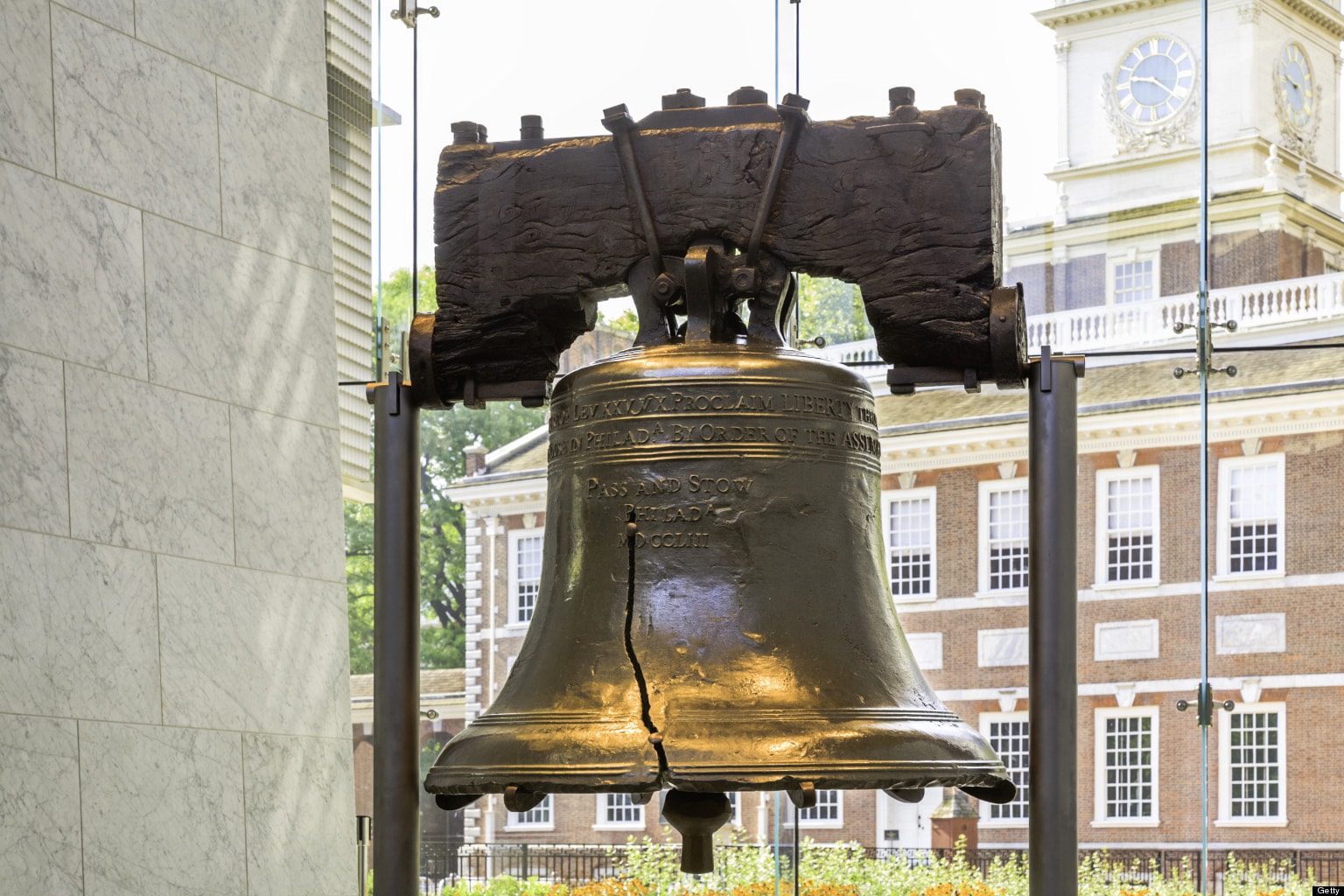
The Liberty Bell: A Symbol with Humble Beginnings
When people think of the Liberty Bell, they often envision a grand relic that has always stood at the center of America’s story of independence. However, the bell’s origins were much more modest, and its significance evolved over time. In 1751, the Pennsylvania Provincial Assembly ordered the bell to commemorate the 50th anniversary of William Penn’s “Charter of Privileges,” Pennsylvania’s original constitution, which highlighted religious freedom and the right to participate in governance. It was a beacon of liberties Penn had fought for, but it wasn’t initially called the “Liberty Bell”—that title would come much later.
The bell, originally cast in London, was crafted by the Whitechapel Foundry, one of the oldest bell foundries in the world. Unfortunately, the first casting had an unfortunate flaw: the bell cracked during its very first test ring! Can you imagine the disappointment? This set the tone for the tumultuous history the bell would have, but it didn’t stop its journey.
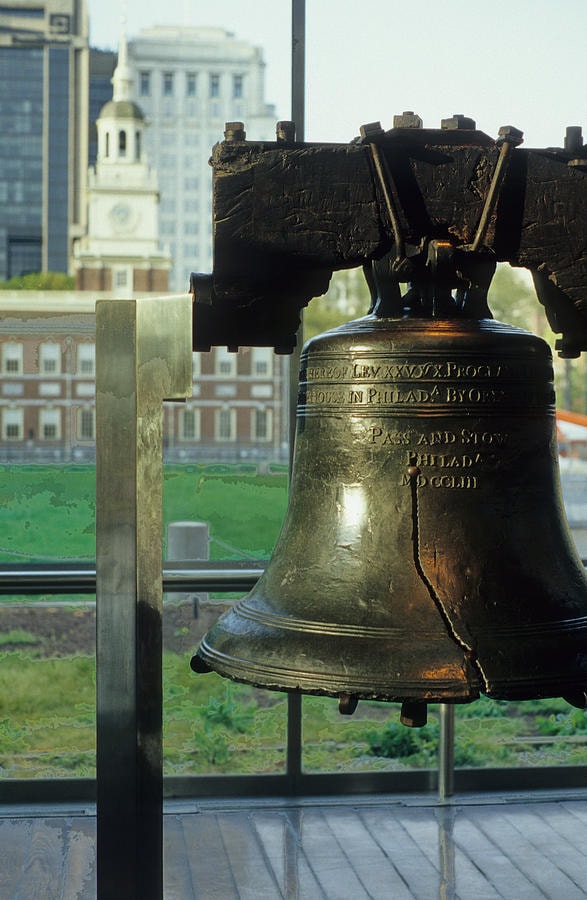
The Crack that Defined a Nation
Upon its arrival in Philadelphia, the bell was recast twice by local founders John Pass and John Stow, whose names can still be seen on the bell today. The final version bore the now-famous inscription from Leviticus 25:10: “Proclaim LIBERTY Throughout all the Land unto all the Inhabitants Thereof.” With those words engraved in bronze, it was as if destiny had already charted a path for the bell to become a symbol of American independence—even though, at the time, that was not its primary purpose.
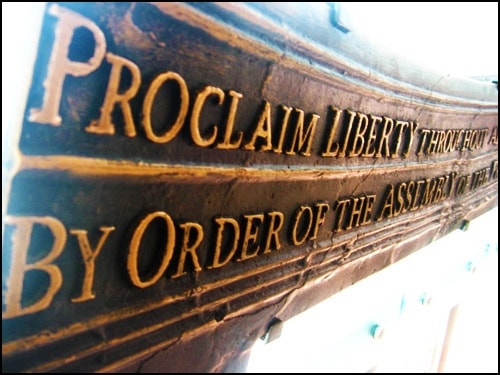
But how did a bell meant to commemorate a local event come to represent the birth of a nation?
The Liberty Bell’s Role in the American Revolution
Fast forward to July 8, 1776, when the bell’s clear tones rang out over the streets of Philadelphia. The Declaration of Independence had just been publicly read for the first time, and the bell summoned the citizens to gather and hear the news. While we often think of the Liberty Bell as tied to this moment, there’s some historical debate about whether it was the actual bell that rang that day. Some believe it was another nearby bell, but regardless, the bell became closely associated with the revolutionary spirit of that era.
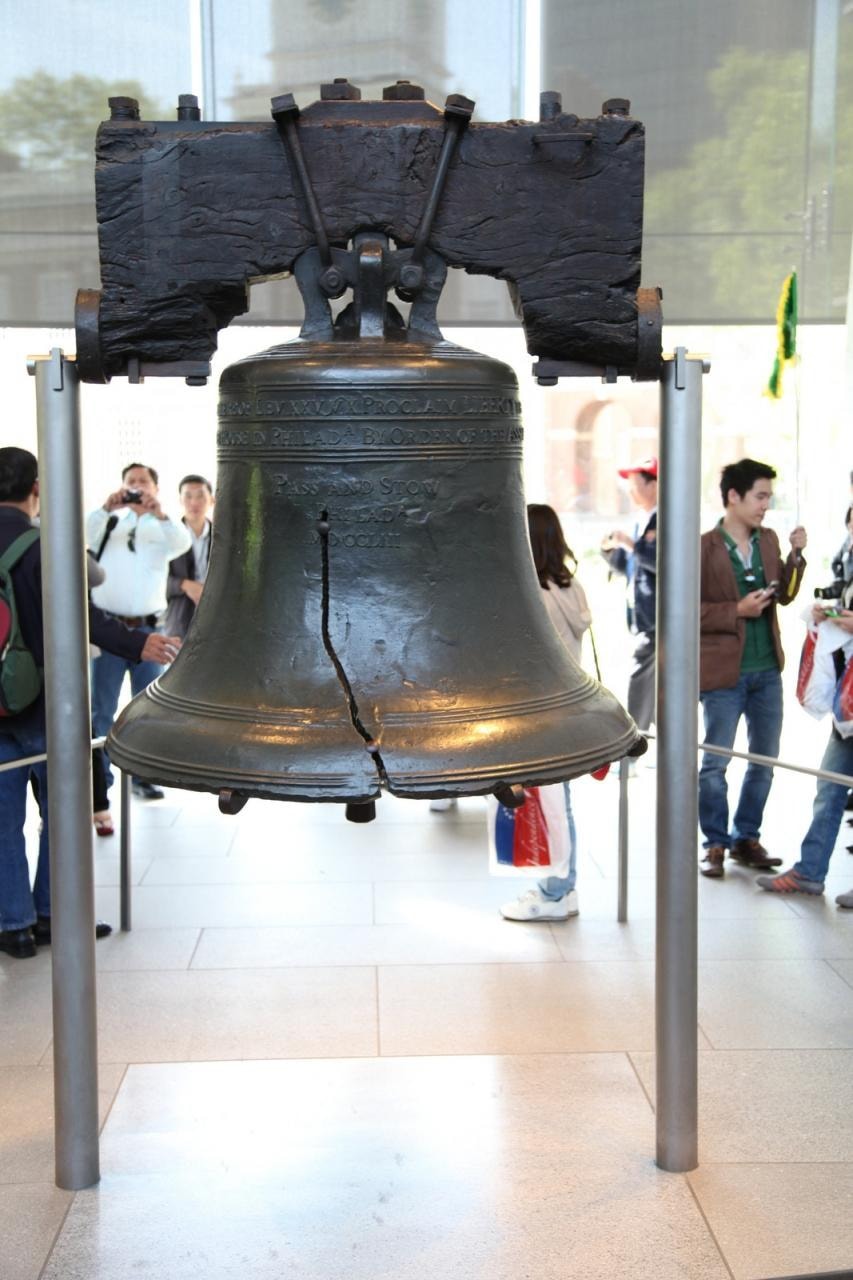
The Liberty Bell was transformed from a civic object to a symbol of defiance against British rule. It called people to action, urged them to rally for independence, and its symbolic significance only grew in the years that followed.
The Mystery Behind the Crack
Perhaps what’s most captivating about the Liberty Bell is its famous crack. No one is entirely sure when or how it happened. There are various theories, but the most widely accepted one is that the crack began to appear in the early 19th century due to the bell’s repeated use. By 1846, during George Washington’s birthday celebrations, the crack had grown so severe that the bell could no longer ring.
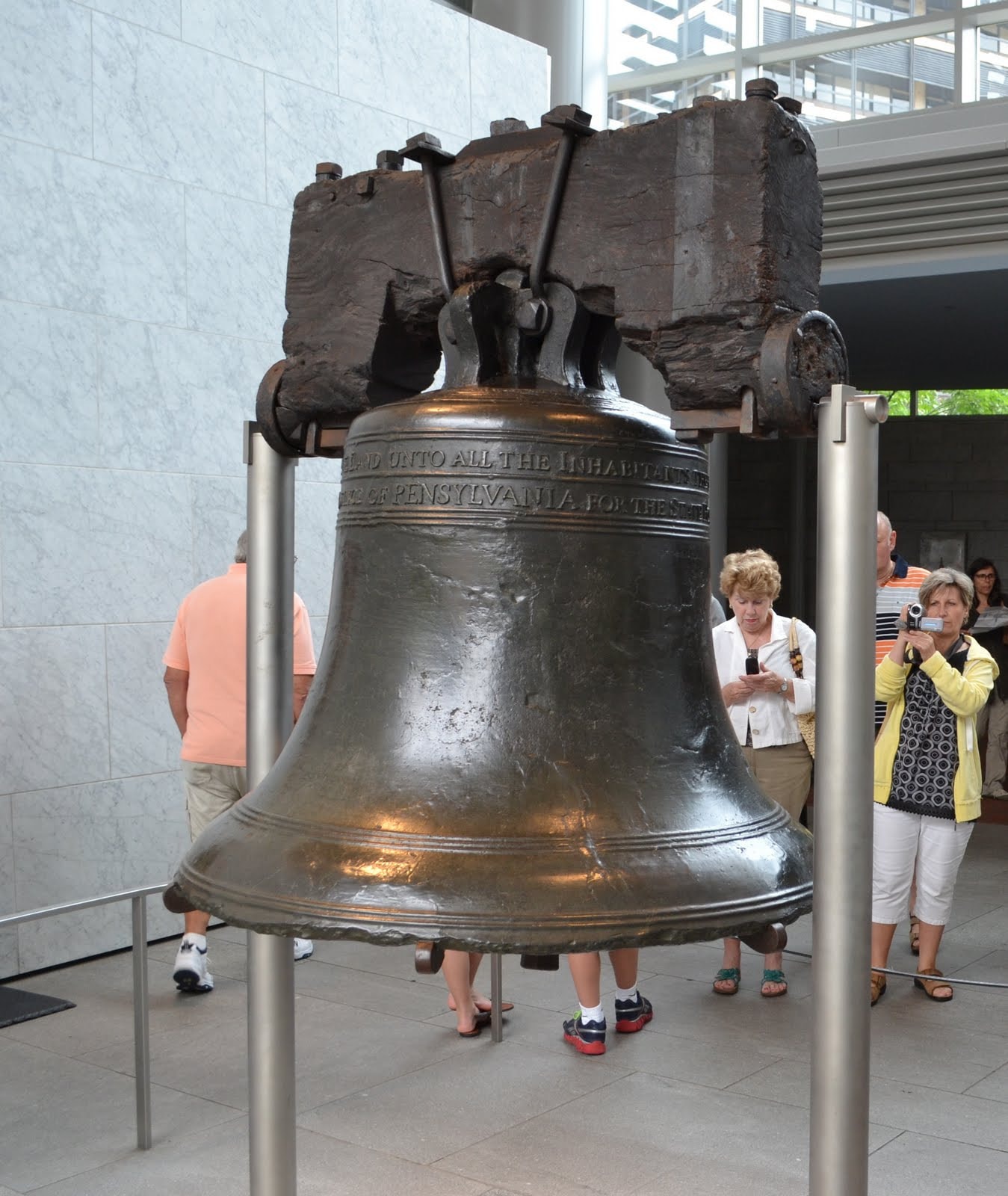
It’s ironic, isn’t it? A bell with a crack that rendered it silent became the loudest symbol of American freedom. The imperfection in its body seemed to reflect the nation itself—struggling, divided at times, but always resilient and striving for the ideals it was founded upon.
The Liberty Bell’s Journey Across America
In the years following the Revolutionary War, the Liberty Bell took on an even greater meaning. It became a rallying cry for abolitionists, who used it to symbolize the fight to end slavery. By this time, the bell had earned its famous name, “The Liberty Bell,” as activists sought to spread the message of freedom to all Americans, regardless of race.
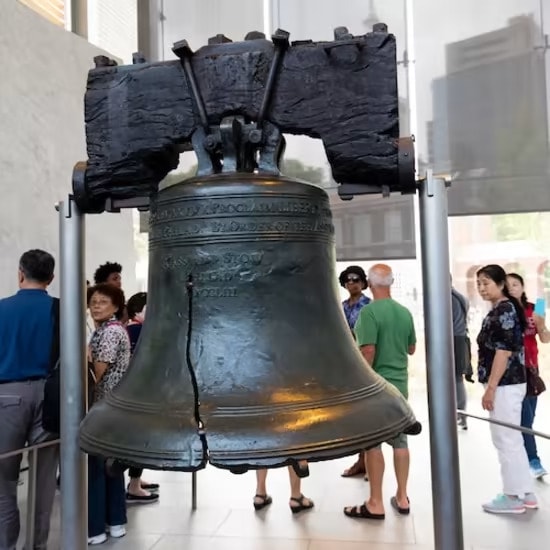
Later, in the late 1800s and early 1900s, the Liberty Bell became a traveling icon. The bell journeyed across the country, making stops in major cities like Chicago, New Orleans, and San Francisco. Everywhere it went, massive crowds greeted it, eager to glimpse the bell that had witnessed the birth of their nation. It connected people to a shared past and reinforced the idea that liberty was a right worth protecting.
This spirit of unity and shared purpose is what TravelersNetwork strives to capture in every experience we provide to modern travelers. Much like the Liberty Bell’s travels brought people together, we believe in connecting individuals with the history, culture, and stories that shape the places they visit.
The Liberty Bell Today: A Timeless Symbol
Today, the Liberty Bell is housed at the Liberty Bell Center in Philadelphia, where millions of visitors come to see it every year. Though it no longer rings, the bell still speaks volumes. Its crack is a reminder of the challenges America has faced—and continues to face—in its pursuit of liberty and justice for all.
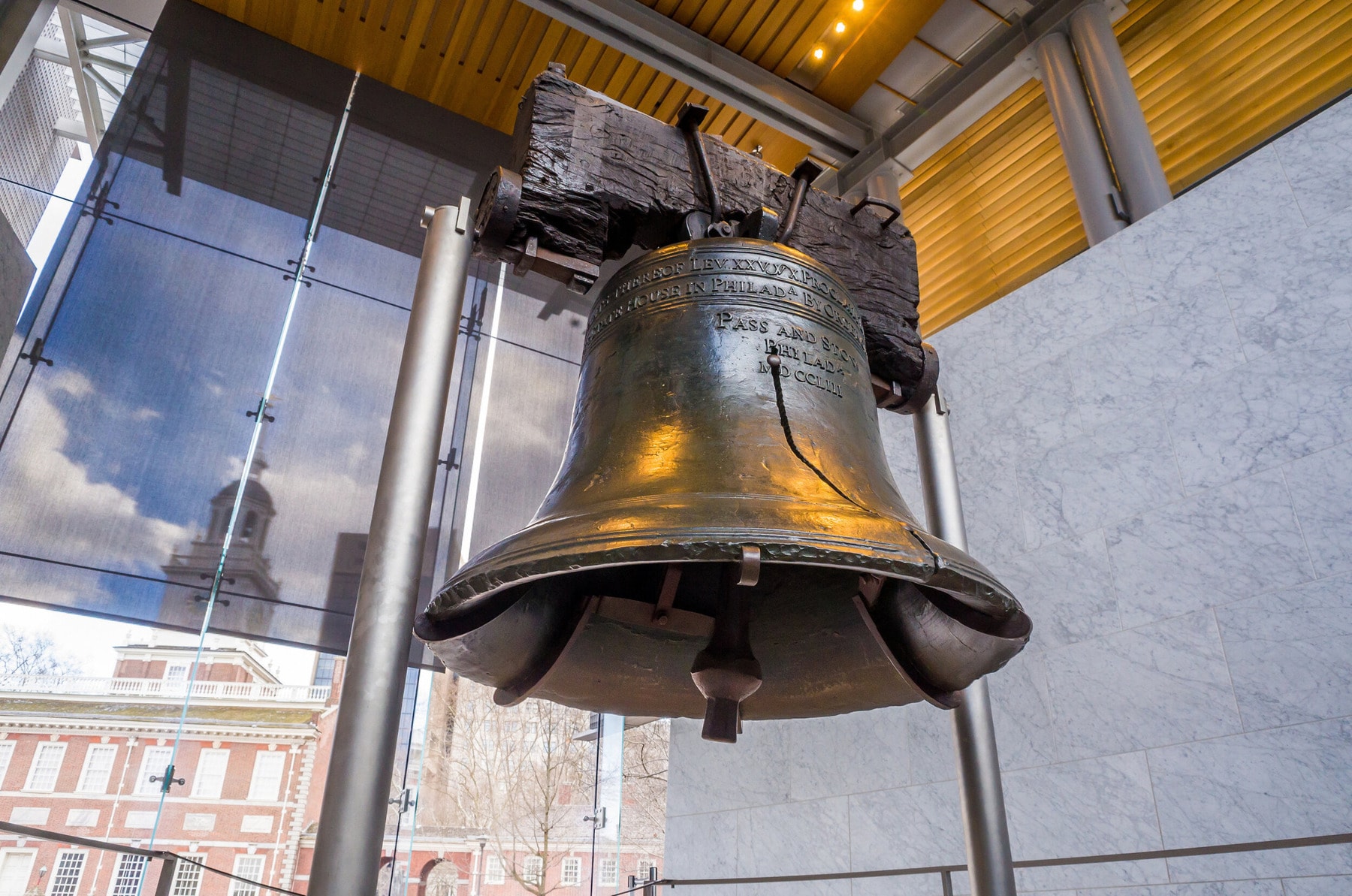
The Liberty Bell stands not only as a relic of the past but also as a beacon for the future. Its story is one of perseverance, hope, and the unyielding belief in freedom. Whether you’re gazing at the crack that silenced it or reading the inscription that calls for liberty, one thing is certain: the Liberty Bell is not just a piece of history—it’s a living symbol of the values America holds dear.
The history of the Liberty Bell is more than just a tale of an old, cracked bell—it’s a powerful story of America’s journey towards freedom. At TravelersNetwork, we encourage every traveler to dive deep into the history of the places they visit, to connect with the stories that have shaped our world, and to see beyond the surface. The Liberty Bell may be silent, but its message rings louder than ever: liberty is a right, and we must protect it for all.

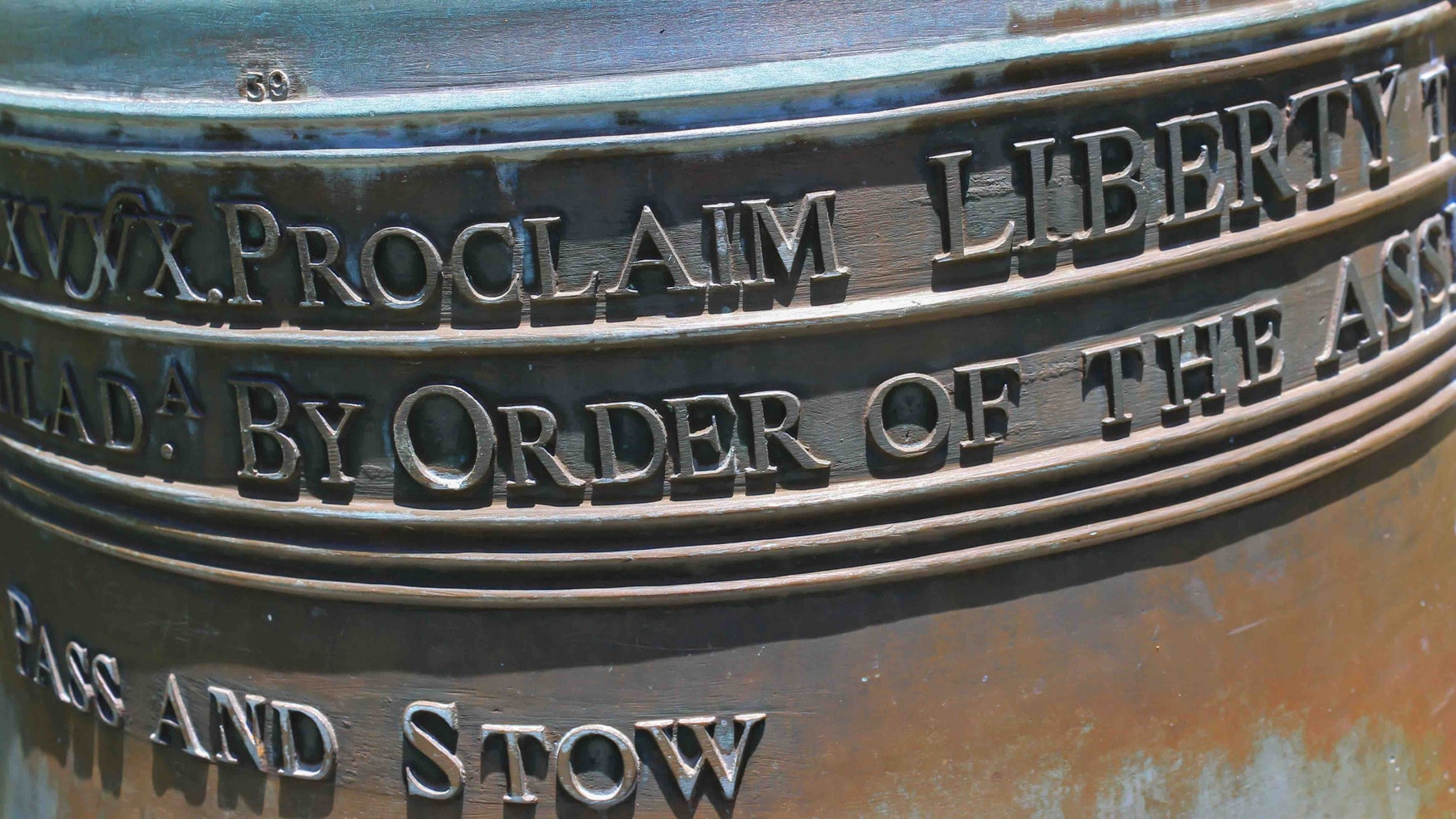



Leave a Reply